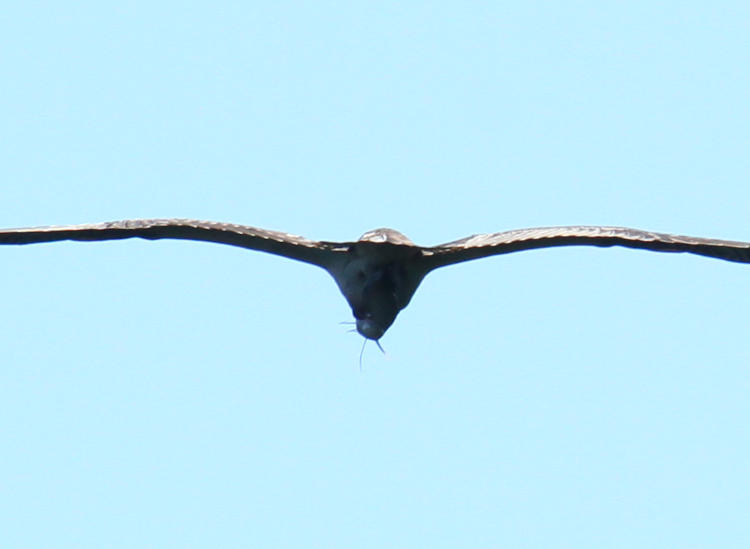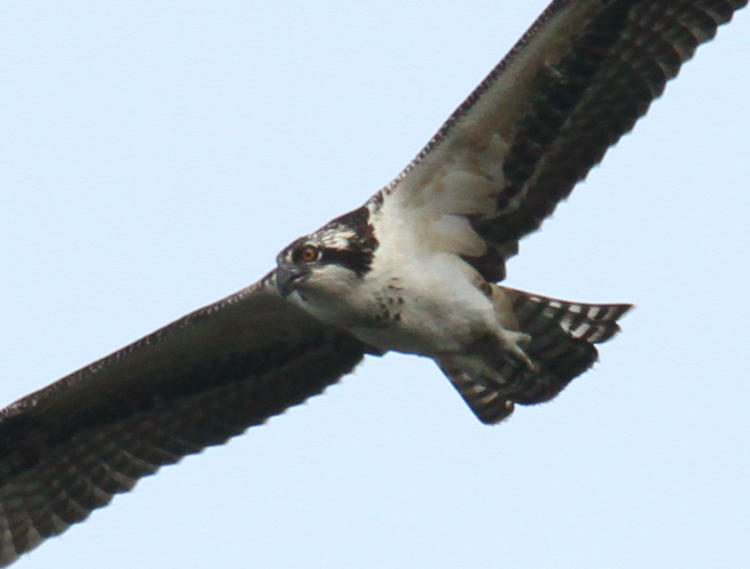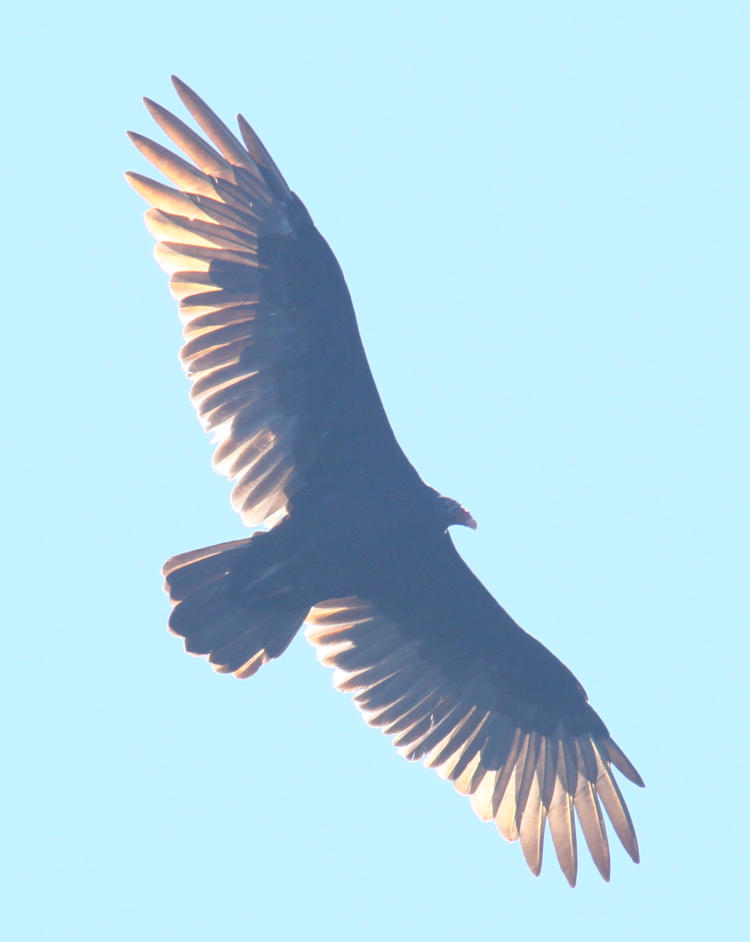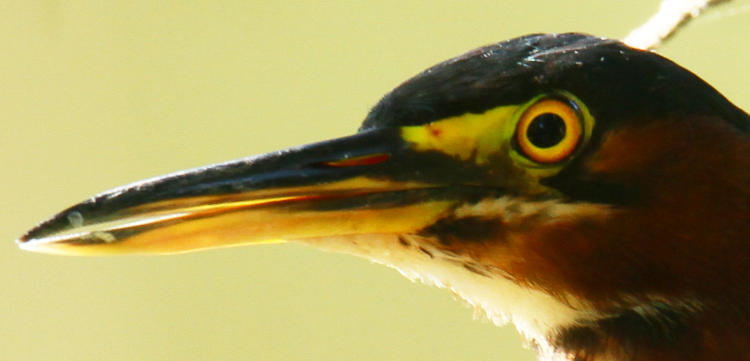So we continue with the new discoveries and rediscoveries from the last sorting session, things found while examining photos at full resolution to determine critical sharpness, or that remind me that I intended to do something with them and put them off in favor of a different topic. This one was a discovery: what’s wrong with this picture?

If you’ve ever noticed, I include the description with all images that generally tells you what you’re looking at, including the scientific names – this is to help search engines find distinct species and/or behavior. This is apart from the image title itself, which usually is just to help me find them, often being punny or an inside joke, but it also helps prevent duplicate filenames in the system because, you know, there are a little less than eight thousand images in the blog database alone – WordPress is good about appending numbers to duplicate names, but who needs “OspreyInFlight-76.jpg” or “ChineseMantisTenoderaSinensis-498.jpg” in there? Yet the descriptions often don’t reveal the small details of images that I want people to find, so cheating is difficult – [taps temple] always thinking. All that has allowed me to include enough text that you won’t accidentally find the reveal immediately below the image, so now I can tell you that (had you been looking, instead of reading all this dreck,) you should have noticed the peculiar whiskers that this osprey (Pandion haliaetus) was sporting, not at all its own but those of the catfish it was carrying off. This fact actually whizzed right by me on the first perusals after unloading the memory card, but registered during the sort.
Another one that registered was this:

I can’t say for sure that this is the first I’ve captured, but this is the first I’ve noticed it anyway: those stripes on the head are juvenile markings, indicating that this is this year’s brood. I’ve seen them in the nest like this, but not out hunting, so it’s good to have these.

Here’s another juvenile trait: those reddish-brown eyes. By adulthood (which I suspect will be next year, though I’m not sure about that,) they will have turned pale yellow – if you want to compare these, you’ll probably be able to find some images of adults someplace on these pages (like, oh, that changing banner at top – you know you can advance that at will, right?)

This description, had you checked it out now that I’ve told you about them, gives it all away, but no big reveal here anyway. I generally don’t do many photographs of turkey vultures (Cathartes aura) because, well, they all mostly look like this: wheeling overhead, and I have plenty of those. But this time the sun being almost aligned behind the bird, while reducing the contrast and saturation significantly, highlights the new feathers coming in, those that aren’t as long as the others. Specifically, those about midway along the back edge of the wings, though there is also a pair towards the base of the back edges. Those out near the wingtips, all nice and aligned, aren’t new feathers but secondary flight feathers, and are supposed to look that way. This shows a trait better than I’ve usually captured, which is that birds usually molt their feathers out in matching pairs, left and right, so that their lift and flight abilities aren’t off-balance at least. And of course, they only do a few at a time so their abilities aren’t reduced too much. This isn’t conscious of course, just a genetic trait among, to the best of my knowledge, all birds, but it implies that somewhere in the distant past, molting had variations that got weeded out by natural selection, the birds that flew funny being laughed at by other birds and thus unable to find a date for the prom.
And one just for the sake of it.

You’ve seen variations of this image earlier (haven’t you?) but I’ll let you figure out how to find the image description for this one – it explains why it’s here.
Just in case you’re keeping track, no, this hasn’t been the sixth sorting session since I started this topic – not every session yields some discoveries.



















































